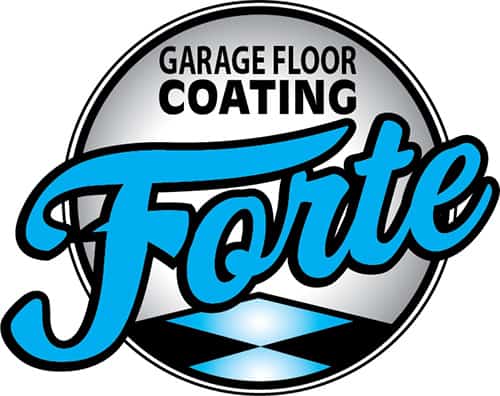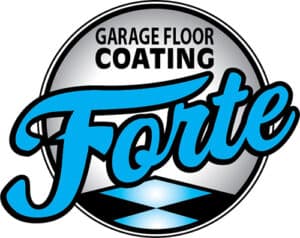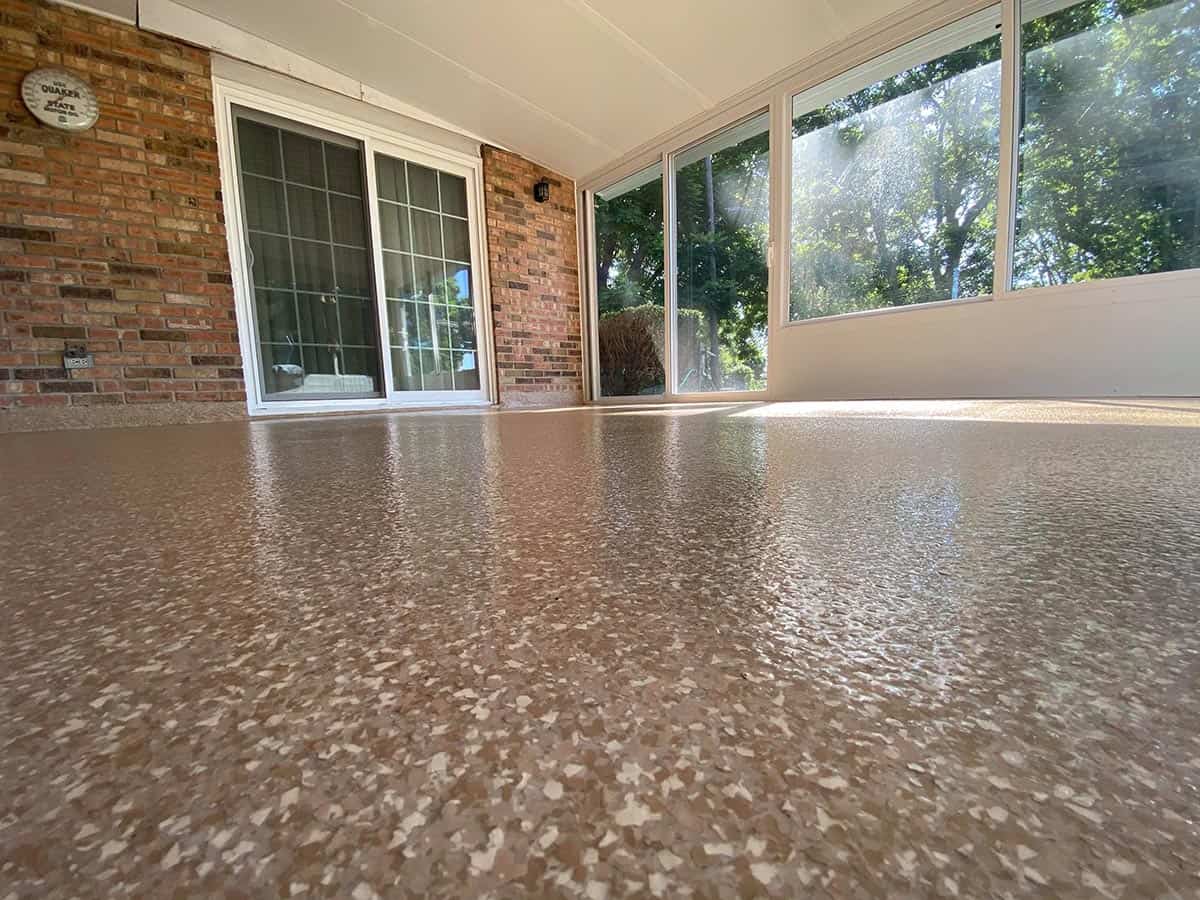What is Anti-Slip?
Anti-slip/Anti-skid is an aggregate that is put into the top coat of the coating systems to minimize slipping hazards. In high traffic areas that are prone to getting wet or damp, such as garages and outdoor spaces, it is important to ensure the safety of the occupants. Your contractor should incorporate some sort of anti-slip material into the coating. Clear coats without any anti-slip material can create slick surfaces that can be very easy to slip and fall on. This is especially important for clients that are senior citizens or families with children, as they are prone to having severe falls.
Why is Clear Coat Needed?
As stated before, clear coat can create a slick surface that makes it easy to slip and fall on. However, this coat is absolutely necessary to the integrity of the coating system. The clear coat is often referred to as the “wear layer”, which means it takes the brunt of the damage and wear of the coating system. In other words, without a clear coat, the coating system is in danger of failure due to decreased durability.
To reconcile the benefits and drawbacks of this clear coat, a contractor should add an anti-slip media to the clear coat. This removes the potential tripping hazards from the equation. There are a few different types of anti-slip, each serving different needs.
The Different Types of Anti-Slip
The type of anti-slip medium used depends on the intended use of the surface. Commonly, this can be broken down into the amount of foot traffic expected in that area. Low to medium traffic areas require different material than high traffic areas.
Low and medium traffic areas use polypropylene or glass spheres. These materials provide adequate texture to reduce slipping while maintaining an easy to clean surface. It is most common to use polypropylene and glass spheres in garages, kitchens, basements, and other indoor areas.
High traffic areas could require quartz or aluminum oxide for anti-slip. These materials offer a more aggressively anti-skid surface. This is highly beneficial for areas often traveled by the elderly or handicapped, and are perfect for surfaces that often become slick with water, oil, or food. This material is less easy to clean due to the rougher texture, and it can show through the coating more. However, these anti-skid types generally come in many colors and styles, and can be masked by experienced contractors.
In Conclusion
In conclusion, anti-slip is an important part of every coating system. Failure to incorporate an anti-slip material can result in a hazardous floor. You should ask your contractor what kind of anti-slip they plan on using for your coating system. The amount of material used can be adjusted to suit every customer’s needs regarding floor texture and cleanability. This ensures that regardless of where your floor is, or the density of foot traffic expected, each customer gets the floor that is the perfect fit for them both in safety and style.
To learn more about the overall coating system, which the anti-slip is an integral part of, see our blog.


